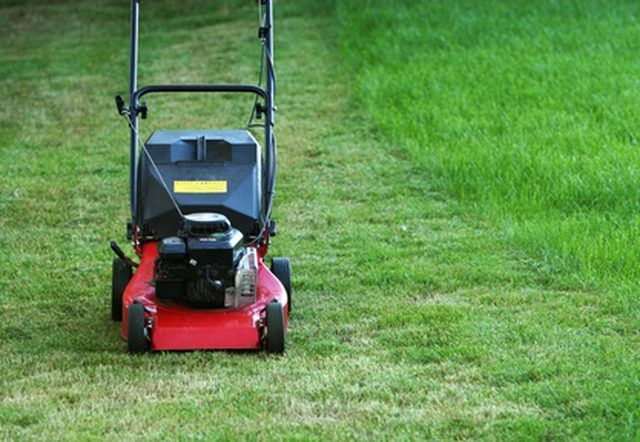Bulbs
Flower Basics
Flower Beds & Specialty Gardens
Flower Garden
Garden Furniture
Garden Gnomes
Garden Seeds
Garden Sheds
Garden Statues
Garden Tools & Supplies
Gardening Basics
Green & Organic
Groundcovers & Vines
Growing Annuals
Growing Basil
Growing Beans
Growing Berries
Growing Blueberries
Growing Cactus
Growing Corn
Growing Cotton
Growing Edibles
Growing Flowers
Growing Garlic
Growing Grapes
Growing Grass
Growing Herbs
Growing Jasmine
Growing Mint
Growing Mushrooms
Orchids
Growing Peanuts
Growing Perennials
Growing Plants
Growing Rosemary
Growing Roses
Growing Strawberries
Growing Sunflowers
Growing Thyme
Growing Tomatoes
Growing Tulips
Growing Vegetables
Herb Basics
Herb Garden
Indoor Growing
Landscaping Basics
Landscaping Patios
Landscaping Plants
Landscaping Shrubs
Landscaping Trees
Landscaping Walks & Pathways
Lawn Basics
Lawn Maintenance
Lawn Mowers
Lawn Ornaments
Lawn Planting
Lawn Tools
Outdoor Growing
Overall Landscape Planning
Pests, Weeds & Problems
Plant Basics
Rock Garden
Rose Garden
Shrubs
Soil
Specialty Gardens
Trees
Vegetable Garden
Yard Maintenance
How to Start a Small Engine
How to Start a Small Engine. Starting a small engine can be difficult. Weather can adversely affect the operation of a small engine. Small engines of the 2-cycle variety are especially hard to start in cold weather and may take some time to get running. Engines that are 4-stroke will be easier to start during cold weather and tend to have less...

Starting a small engine can be difficult. Weather can adversely affect the operation of a small engine. Small engines of the 2-cycle variety are especially hard to start in cold weather and may take some time to get running. Engines that are 4-stroke will be easier to start during cold weather and tend to have less operating issues than 2-cycle engines. It is important to follow the specific maintenance guidelines provided by the engine manufacturer to ensure reliable operation. (reference 1)
Things You'll Need
Starting fluid
Check the engine to ensure that the crankcase is filled with the proper amount of engine oil. Certain 2-cycle engines require a mix of gasoline and 2-cycle oil to lubricate the engine properly. Check the produc'ts operating instructions to determine the exact fuel to oil mixture needed. Depending upon the engine manufacturer, a special reservoir may be installed to contain and inject oil into the engine. (reference 1)
Clear any debris out of the air filter element and housing. An obstructed air intake will make it impossible for the engine to start or will cause the engine to perform poorly. (reference 1)
Fill the gas tank with fuel, set the choke (some small engines have a priming button instead of a choke, located on the carburetor, that needs to be pushed 2-3 times before starting) and attempt to start the engine. (reference 1)
Move the choke to the halfway position as soon as the engine starts to run and sputter. Open the choke back to the normal running position (turn the choke off). (reference 1)
Spray a small amount of starting fluid into the air filter element in case the engine will not start using the choke or primer button. Attempt to start the engine again. If the engine will not start using starting fluid, check for a fouled sparkplug or take the engine to a repair shop. (reference 1)
Tips & Warnings
Keep starting fluid away from heat sources and flames.